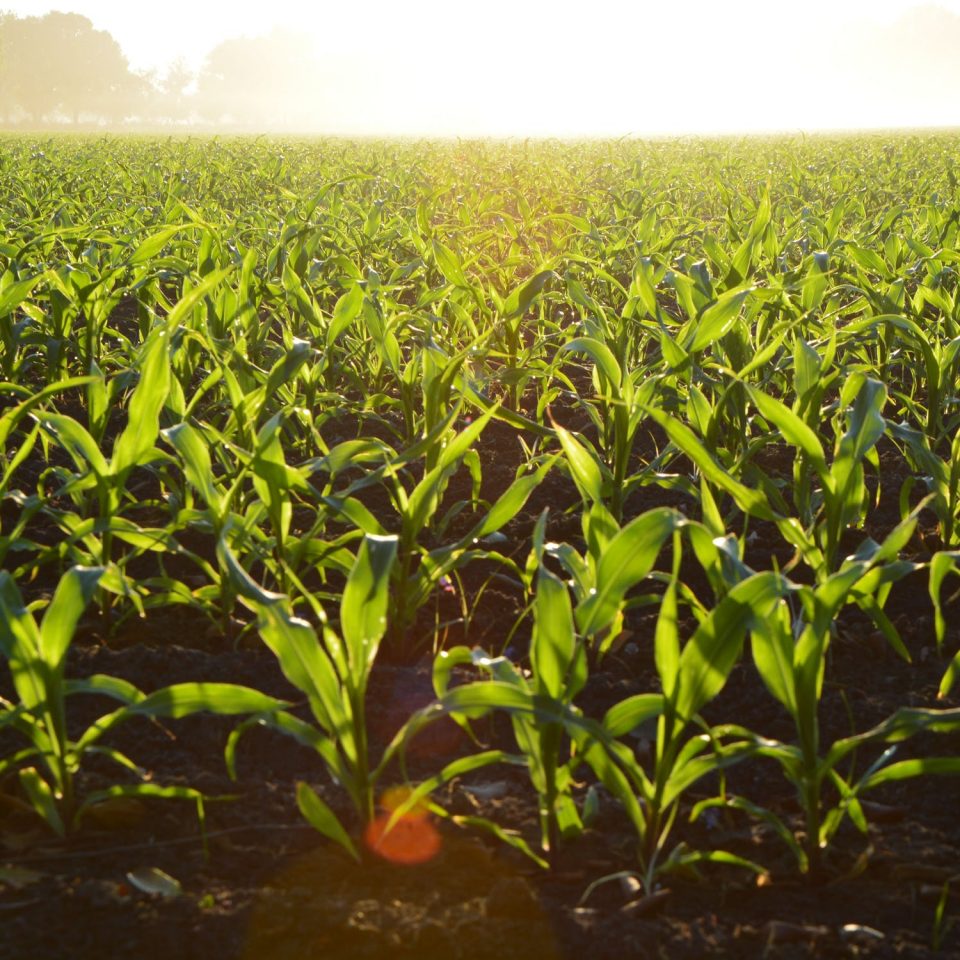
When Should I Plant My Corn?
The best corn crops in Ontario are usually obtained from corn planted in late April and the first half of May because the crop is able to utilize the full growing season. The optimum corn planting date in Southwestern Ontario is on or before May 7, or May 10 in Central and Eastern Ontario.
Delaying planting past the optimum date can result in yield reductions averaging about 1% per day of delay in May. As planting dates become later, the rate of yield loss per day of delay increases. Yield losses for the first 3 weeks of June are about 2% per day of delay in longer season regions (>3,050 CHU) and 3% per day of delay in shorter season regions, as per OMAFRA.
Depending on the total number of days required to plant the farm’s entire corn acreage, it is generally necessary to start planting corn well before the optimum date. Producers who are able to plant corn earlier than optimum dates need to ensure that soil temperatures reach a minimum of 10°C which is required before germination and emergence will occur. If average soil temperatures are at or beyond 10°C, the soil conditions are favourable and the weather forecast is predicting average to above-average temperatures, then early planting of at least a portion of the corn crop is recommended.
After April 26 (May 1 in areas receiving < 3,000 CHU) corn planting should be a priority, it is generally advisable to pay less attention to soil temperature and to plant as soil moisture conditions permit. Generally, the loss of potential yield associated with planting 2-3 weeks before optimum planting date is less than the loss associated with planting 2-3 weeks after the optimum planting date.
When Approaching or Passing Optimum Corn Planting Dates
Plant Full-Season Hybrids First
When looking at which hybrids to plant first, producers need to prioritize their hybrid maturities. It is important to plant the fullest season, latest flowering corn hybrids first since these are the hybrids that will take the longest to reach black layer.
The planting order should be:
- Late flowering, full season hybrids
- Early flowering, full season hybrids
- Late flowering, short season hybrids
- Early flowering, short season hybrids
Don’t Work the Soil if it’s Too Wet
Compaction can be a major problem in cool wet years. Compaction will reduce yields more than a delay in planting of a few days.
Plant for a Uniform Stand
Do not increase your planting speed! This will result in poorer stands and planting problems. If conditions indicate a prolonged cool wet period after planting you may want to increase planting populations 5%-10% to compensate for potential emergence problems and seedling diseases.
Plant First Before it’s Too Late!
Nitrogen can be side dressed until the eight leaf stage. Post-emergence herbicide can be substituted for pre-plant and pre-emerge herbicides if need be. It is more important to get the corn in the ground than to stick to your original plan and miss the optimum planting window if alternatives are available.
Change Your Hybrid Selection
If planting delays become excessive you may need to consider changing hybrid selection. These are some general guidelines which will vary depending on the area:
- May 15th: Change from full season to mid-season hybrids
- May 25th: Change from mid-season to short season hybrids
- After June 5th: A change from corn to an alternative crop may be warranted. Some factors to consider:
- Soil condition and near term weather forecast
- Herbicides & fertility already applied
- Rotation practices
- Grain marketing strategies
- The need for on farm feed
- Crop insurance deadline dates
Additional Sources
OMAFRA; Michigan State University; Virginia State University